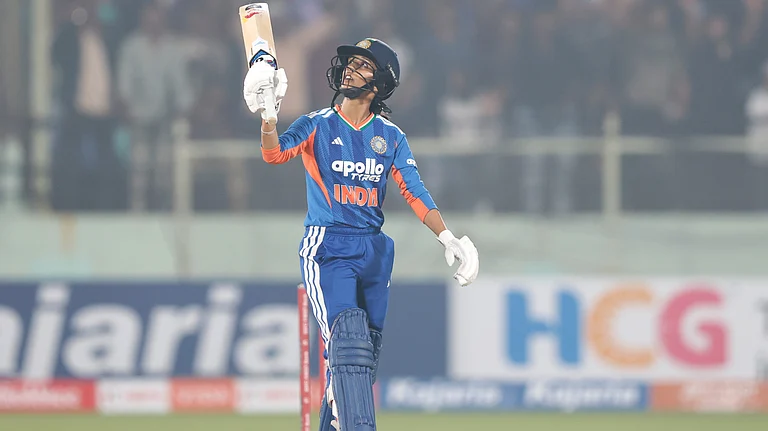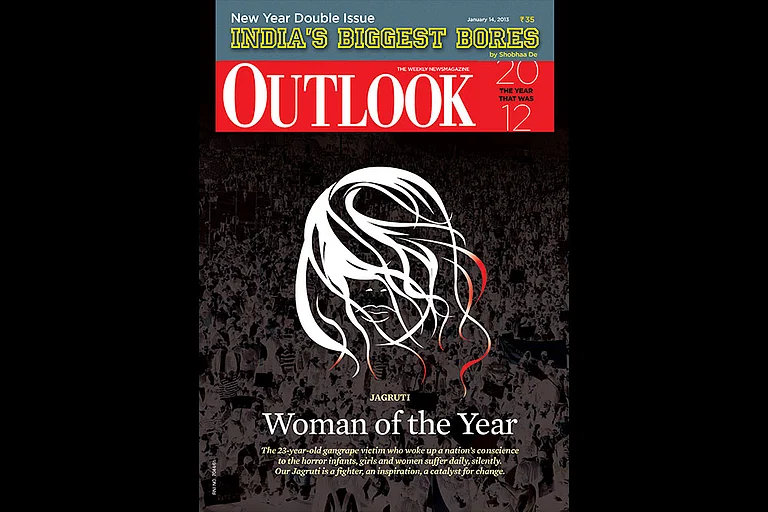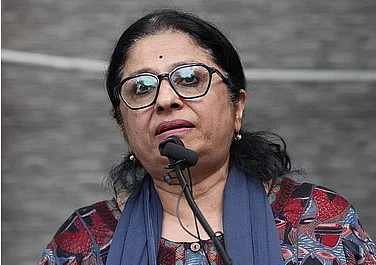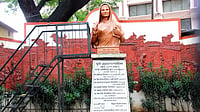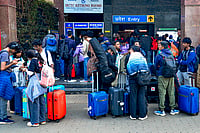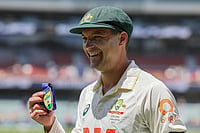Dance is the oldest of all art forms. The various mudras (finger movements) and Bhangis (body movements), expressions, and rhythms were designed to convey feelings. In the past few years, Odissi dance form has undergone a tremendous transformation, but no chronological scholarly works have been done so far. This has left us in a maze of confusion and contradictions. Before anyone else, it was legendary Guru Deba Prasad Das who could traverse the entire globe through the exceptional projection of his own natural style of dance with ‘Angika Abhinaya’ during the 60s and 70s. It is worth mentioning that Guru Deba Prasad is considered one of the four first-generation gurus of the Indian classical dance form of Odissi. The dance connoisseurs and critics during his time had termed his art form as pristine, raw, robust and, at the same time, undiluted. ‘Sabda, Swara, Pata’ is the prime ingredient of his tradition and is acknowledged as the utmost contribution to the realm of classical dance. He was the first to introduce the concept of Tridhara by emphasising how Odissi dance has evolved from folk, tribal and classical roots. His hardship and consistent efforts made him bag Sangeet Natak Akademi in 1977, Odisha Sangeet Natak Akademi in 1974, Senior Research Fellowship (1982) and Honorary Doctorate in Science, respectively, and conferred with Biswa Unnayana Samasada award of West Bengal.
It was first a traditional school, Pathara Akahra run by Mohan Chandra Mohapatra of Puri where Das had his first dance training at the age of 6. His father realised his son’s devotion to music and dance; hence, at the age of 14, he sent Deba Prasad to the music school of Radha Raman Ray, who those days was working with New Theaters. The salary was quite meagre, and the work responsibility was to assist the performers in the green room. From assistant to gate man to ticket collector and lastly, prompter, he had accomplished every possible work to learn dance. It was only during Moha Mohaptra with Guru Pankaj Charan Das that he got a small role. Due to unfortunate circumstances, the New Theatres was shut down in 1949. Guru Deba Prasad then moved to Annapurna Theatre and had the opportunity to work with renowned exponents of Odissi dance, viz. Pankaj Charan Das, Kelucharan Mohaptra and Mayadhar Raut. Eventually, in the year 1953, the Annapurna Theatre was closed and by that time, Guru Deba Prasad had already mastered the Odissi dance form.
Moving forward to his next step, he got an opportunity at the Utkal Sangeet Mahavidyalaya, but this time as a faculty member in 1964. In the institute, he got to hone the dancing skills of Indrani Rehman. Before taking classes from Guru Deba Prasad in Odissi, she was already an established Bharatnatyam Dancer. In association with Rehman, Guru Deba Prasad started travelling to places for various concerts. Indrani Rehman presented an Odissi item in 1957 choreographed by Deba Prasad at a dance festival and the show was witnessed by renowned people like Kapil Vatsyayan, Usha Bhagat Charles Fabri and other classical dance exponents. It was the moment when Deba Prasad's style started getting its first recognition from the audience.
It is important to note that Deba Das started his journey of dance from an Akhara and trained first in Gotipua. The etymological meaning of the Odia word ‘Gotipua’ means ‘single boy’. But the rule of the dance says it should be performed in groups. Before Odissi existed formally, Gotipua and Mahari dance forms were quite popular. The Maharis were actually performing before Lord Jagannth, and when this dance form started declining, Gotipua dancers continued this dance form by dressing up like female performers. The Gotipua dance form has followed the Odissi style, but Mahari has its own dance style, costume, music and techniques. Guru Deba Das is recognised as one of the first and foremost representatives of Gotipua Odissi culture and, subsequently the founder of the Deba Prasad Gharana.
His disciples like Ramil Ibrahim, Sanjukta Panigrahi, Oopali Operajita, Pushpa Gopa Biswas Sudhakar Sahoo, Neeta Bohidar and many more have proved how pioneering Guru they had. Noted Indian dance Historian Sunil Kothari once said, ‘Among the three major architects of Odissi Deba Prasad Das’s contribution is outstanding’(1986). He left this world quite early, when he was just 54. The sudden and untimely demise of Guru Deba Prasad could not give his disciples that opportunity to be formally established, but his legacy of the purest and grounded form of dance is still unique and undying and widely acknowledged. He neither thought of any benefits for him nor for his family. After his demise, his daughter Bipanch Das is rigorously trying to preserve the legacy of his father through the Guru Deba Prasad Das Foundation. If you give a closer glimpse at his journey of life and his association with dance, he only tried every means to preserve the rich dance culture and remain an unsung global dance icon.
The current digital world, which promotes viral social media trends and mixing of traditional dance elements with modern dance, has almost lost its aesthetic of awe, aura and wonder in terms of space, music and costume. It seems the traditional dance forms lack an accurate framework, and very often, the performers work against the very definition of art. The contemporary world has only confined the responsibilities of propagating the legacy of dance through organising copious sponsored award programmes, fancy workshops and dance events. Now the question comes: Are we responsible enough to inherit our rich classical art forms? And have we tried to do systematic inquiry of the gradual change and transformations that took place over a period of time? A humble obeisance on his 91st birth anniversary can only be meaningful to this great doyen of Odissi dancer if we start pondering and ruminating over these questions.
(Bijayani Mishra is an Assistant Professor at Department of Sociology, Maitreyi College, University of Delhi)







